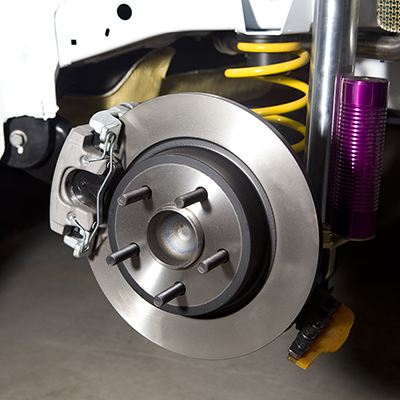How to Flush a Radiator

Last updated September 7, 2023
A radiator is a device that cools your engine so it works correctly. It circulates coolant through its tube system that is then cooled by surrounding air. Without a car radiator, your engine would be susceptible to overheating and you wouldn't be able to drive very far. To keep your car from getting too hot, it's important that you flush your radiator regularly. This guide will explain how to flush a radiator.
Difficulty:
Beginner
Duration:
Under 2 hours
Table of Contents
Determine If You Should Flush Your Car Radiator
Make Sure the Engine Has Cooled
Drain the Coolant
Locate the Radiator
Pour Water and Cleaner into the Radiator
Close the Cap and Start Your Engine
Determine If You Should Flush Your Car Radiator
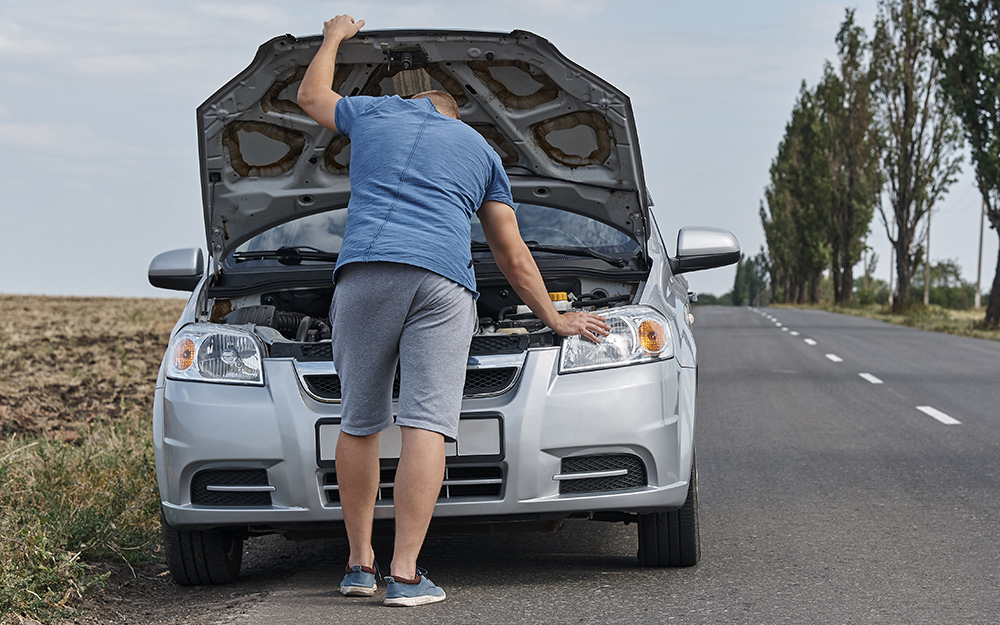
When to flush a radiator depends on a couple factors. One is the make and model of your car. Some cars only hold about 6 quarts of coolant, while others can hold up to 18 quarts. Knowing your car will help you determine if it's ready for a radiator flush.
Another factor is the year of your car. If your car is on the older side, it's probably time to flush the radiator. If it's older than five years especially, it's definitely time to replace the coolant by flushing the radiator.
When to flush a radiator is also dependent on your mileage. It's recommend you flush your radiator out about every 30,000 miles to keep your car running smoothly. Check your owner’s manual for specific advice about when to flush the radiator.
Make Sure the Engine Has Cooled

- Once you've determined you need to flush the radiator, also referred to as a coolant flush, place your hand on the engine block to check if it's hot or cold.
- If it's hot, don't open it, and wait for it to cool. Also check the coolant temperature on your dash.
- As soon as your engine has cooled, pop the hood of your car.
- Before you check your radiator, make sure your car is in park with the parking brake on. Turn off the engine before popping the hood.
Drain the Coolant
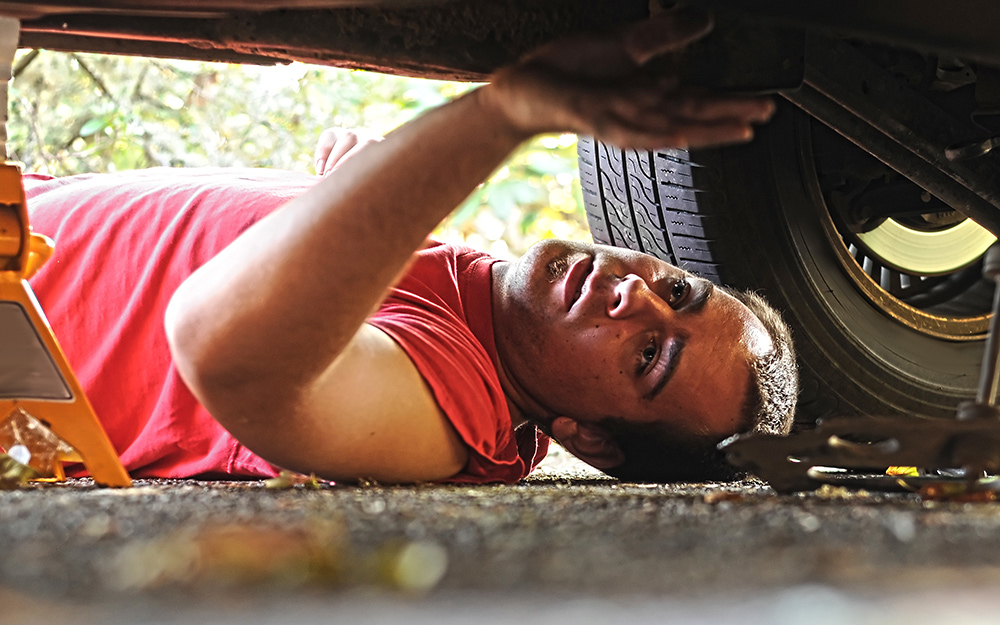
- As soon as everything has cooled, look under your car to find the radiator drain petcock. The petcock is usually
located in the corner of the radiator. - Once you find the petcock, get a pan of some sort, such as an oil pan or disposable aluminum pan. Place the pan directly under the petcock.
- When the pan is in place, remove the petcock and let the coolant drain into the pan. When it's finished draining, close the petcock.
- Dispose of the coolant accordingly.
You can check with your local hazardous waste control organization on how to safely dispose of the antifreeze.
Tip: When draining the coolant, it's recommended you wear protective gloves, eyewear and clothing.
Locate the Radiator
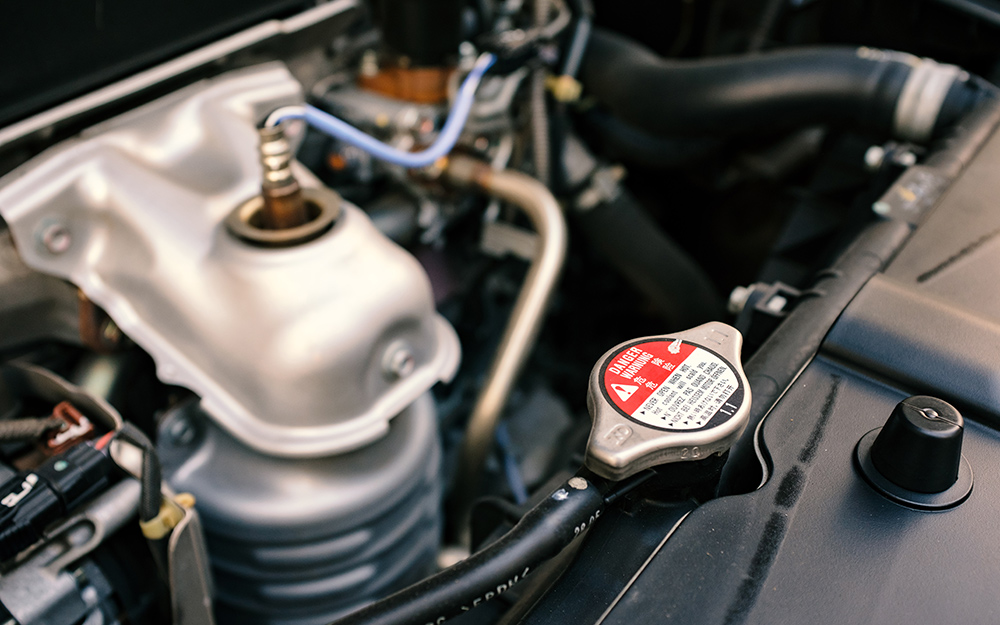
- Your radiator is a long metal tank next to your engine.
- When you've found it, twist off the radiator pressure cap so you can begin the radiator flush.
Tip: Place the cap somewhere secure once you remove it from the radiator. You don't want it falling into your car or getting misplaced.
Pour Water and Cleaner into the Radiator
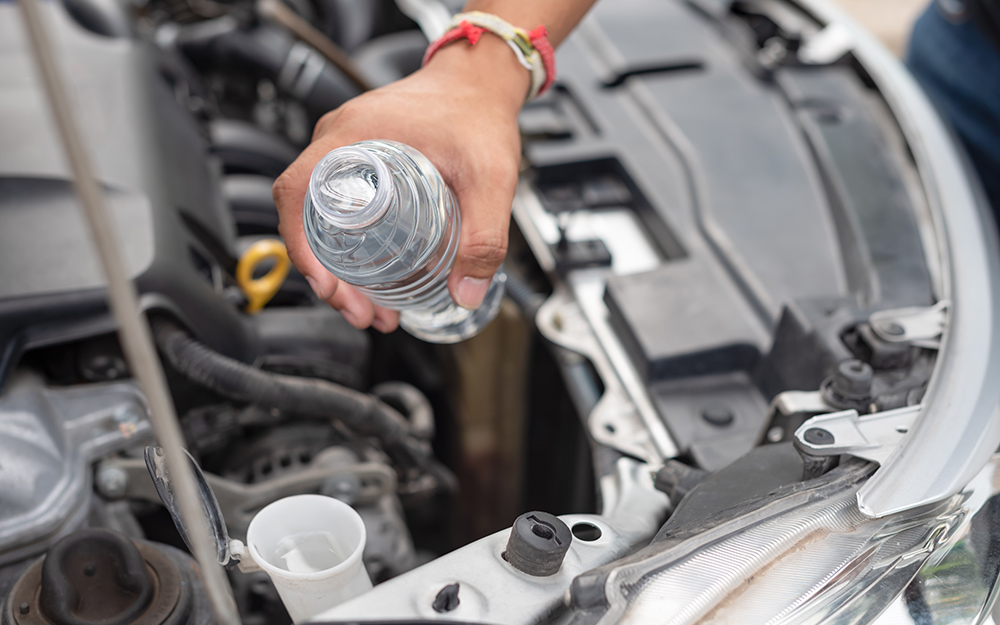
Once the cap is off, you can add liquids to flush out the radiator.
Start by putting a funnel in the opening of the radiator. Then, pour in distilled water. Distilled water has undergone a process to remove salts and minerals. Never put tap water in your radiator because impurities could damage it.
After you pour in the water, add a radiator cleaner of your choice. Your car's owner’s manual may specify a certain type of radiator cleaner. Follow those guidelines for the best results.
Close the Cap and Start Your Engine

- After you've poured in the water and cleaner, close the radiator cap, start your engine and turn on your heat.
- Let your engine and heat run for 5 minutes at the minimum.
- While your car runs, the water and cleaner move through the cooling system to wash away debris.
Safety tip: When possible, work outside. If you have to flush the radiator in the garage, open all garage doors and use fans for ventilation. Never run a vehicle in a closed garage.
Drain the Water and Cleaner
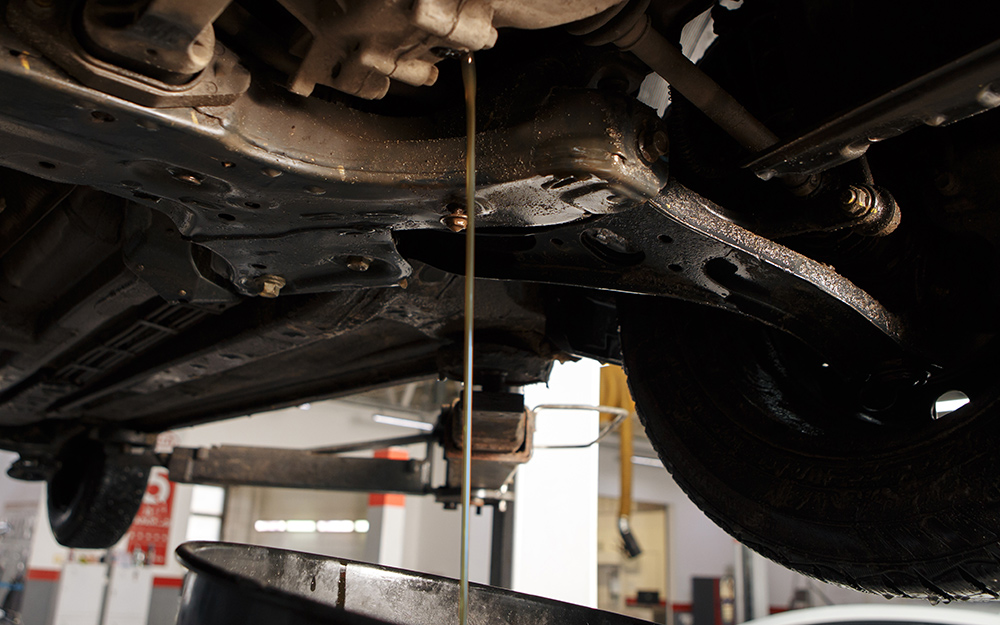
- After 5 minutes of the engine running has passed, turn off your car and wait for it to cool.
- When it's cool, place the same aluminum pan back under the car under the petcock.
- Remove the petcock once more to drain the water and cleaner mixture.
- If you think some water remains, start the engine so it pushes the rest out and into the pan. Then, close the petcock.
Add the Coolant

- Using the funnel again, pour your coolant mixture into your radiator.
- Most cars take a 50/50 antifreeze mixture that you can purchase at any automotive store. However, it's recommended you check your owner's manual so you know the correct antifreeze mixture to use for your specific car.
- Also check the manual for the amount of coolant you should use. Fill the coolant to the fill line. If there's backup coolant as you pour, turn on your car with the heat on to make it drain.
- Then continue pouring in the antifreeze. Place the cap back on once the radiator is full.
Start Your Vehicle
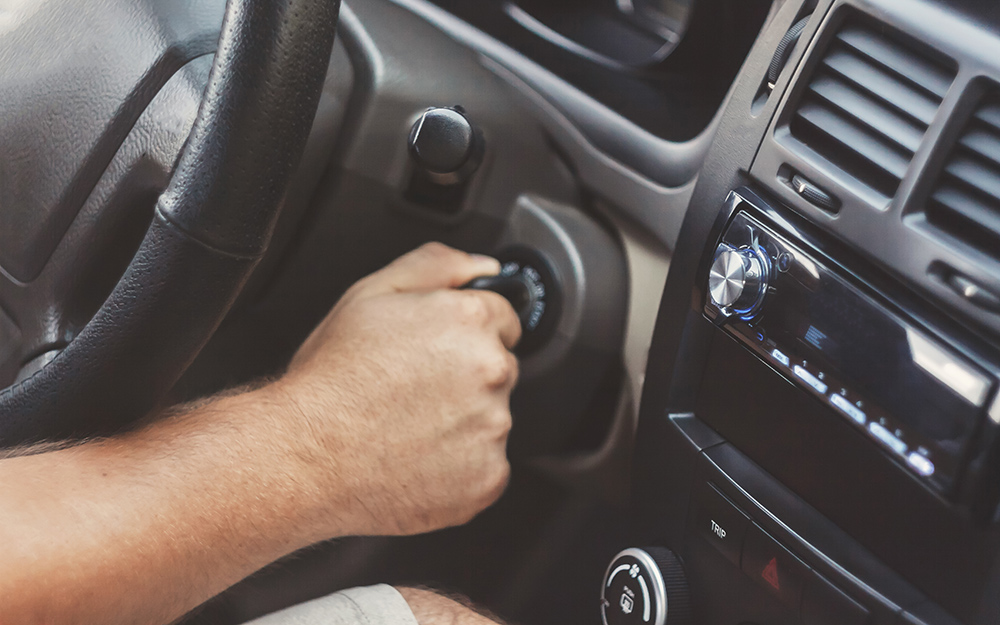
- Once the radiator has been properly flushed and the new coolant added, turn on your car so the antifreeze can run through the system.
- Turn off your car after a few minutes.
- Close the hood and dispose of the fluids in the drain pan.
Now that you know how to flush a radiator, you can do the job yourself as needed. Make that you use coolant and radiator cleaner that’s right for your vehicle.
Ready to find the right fluids for your car and stock up on the tools and other materials you need for DIY auto care? The Home Depot delivers online orders when and where you need them.
